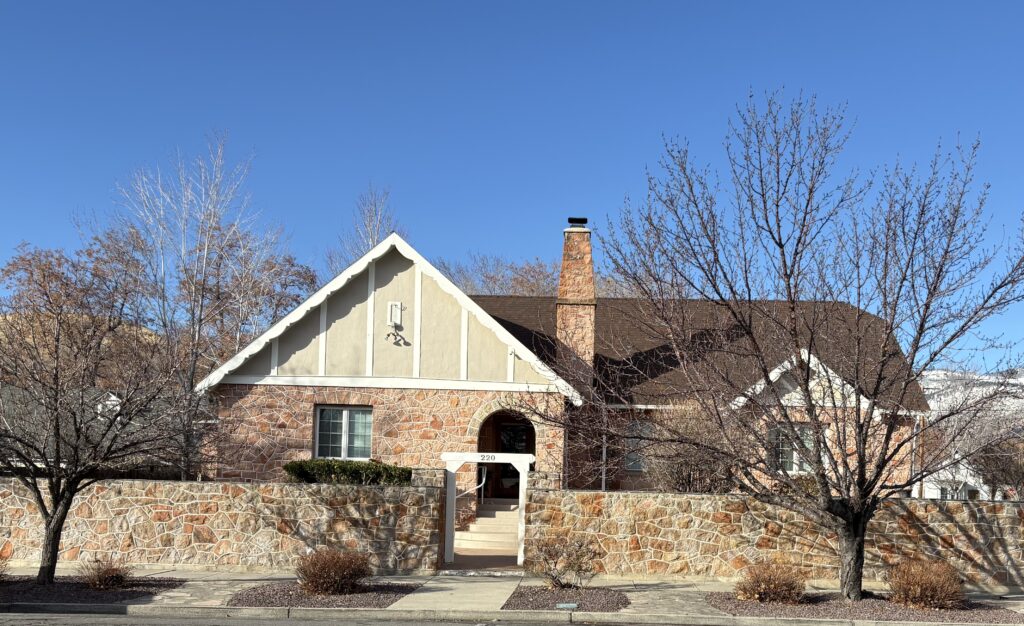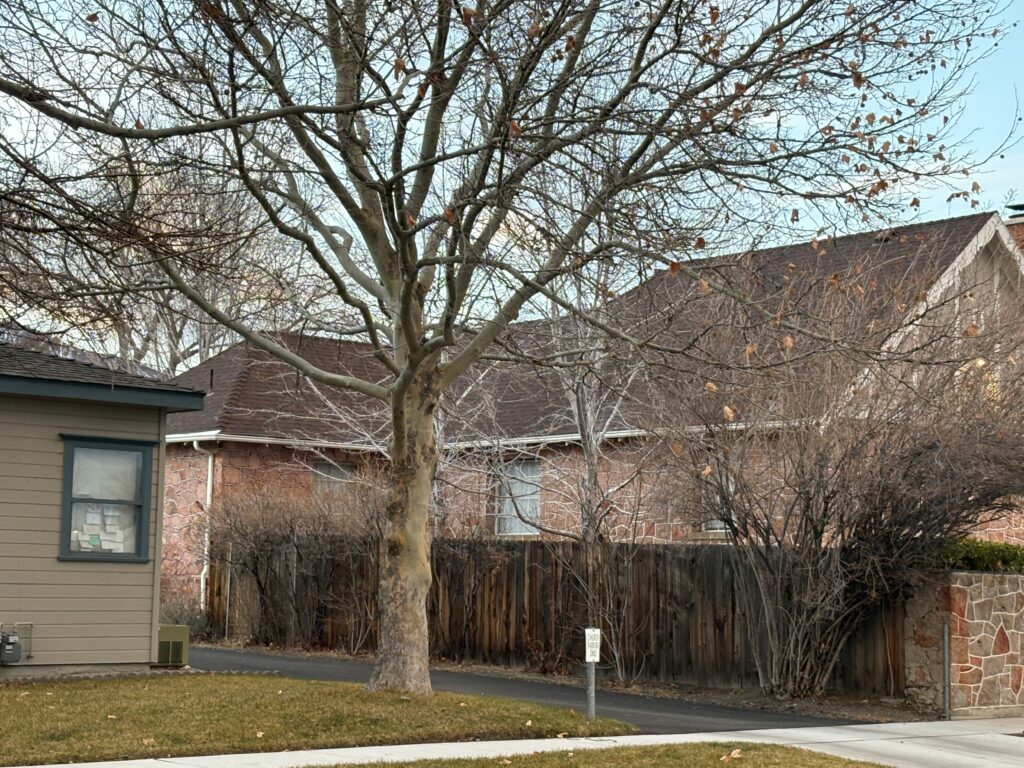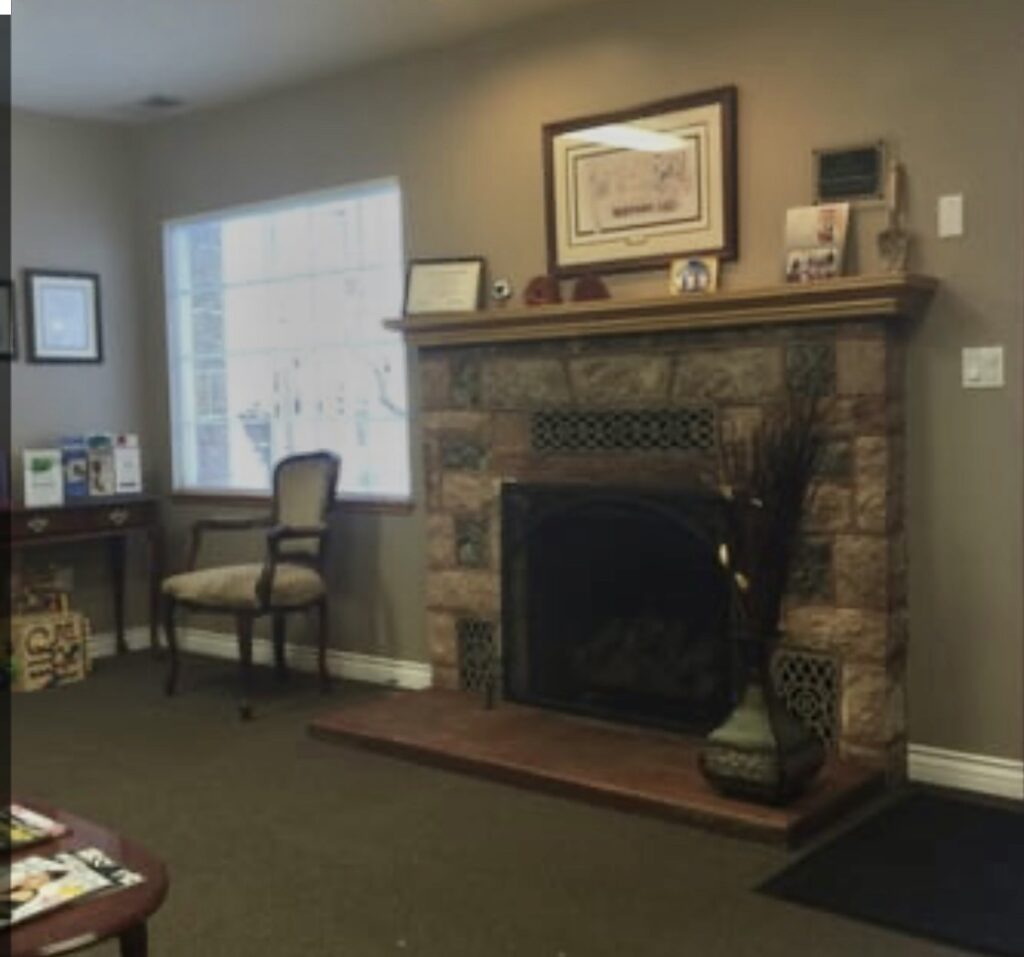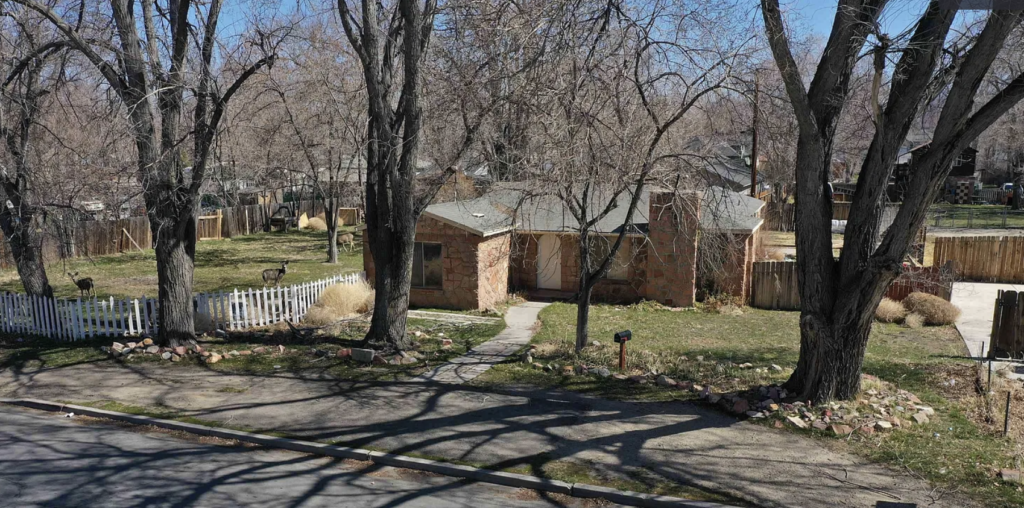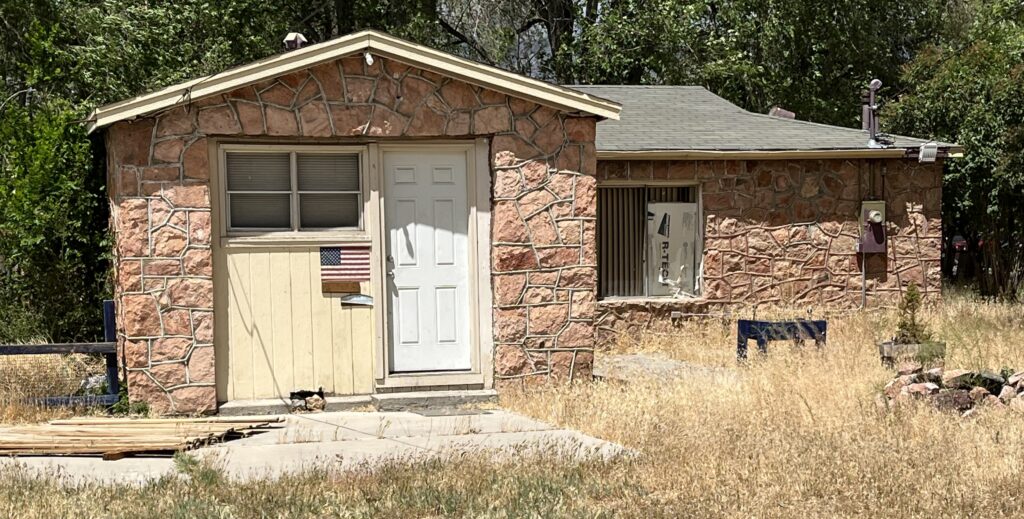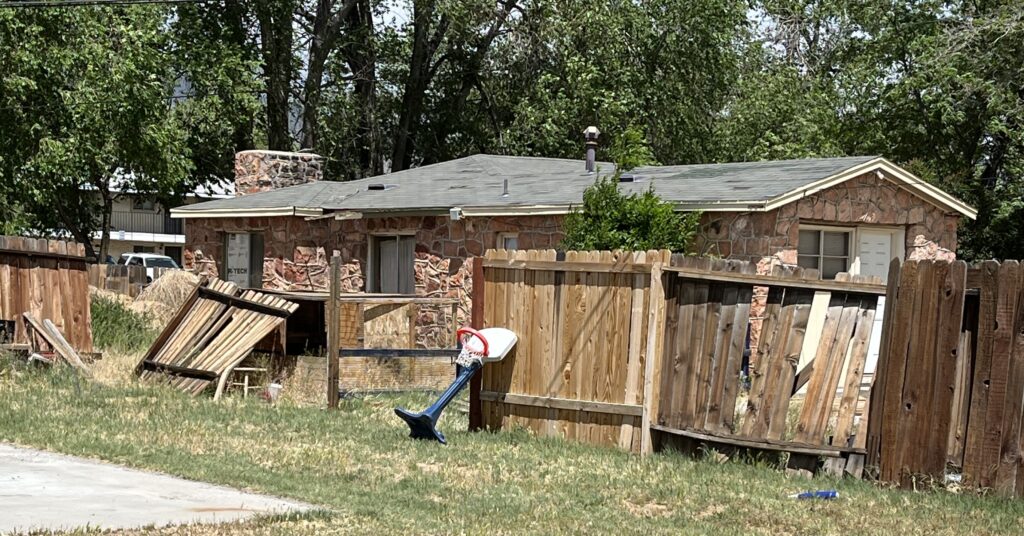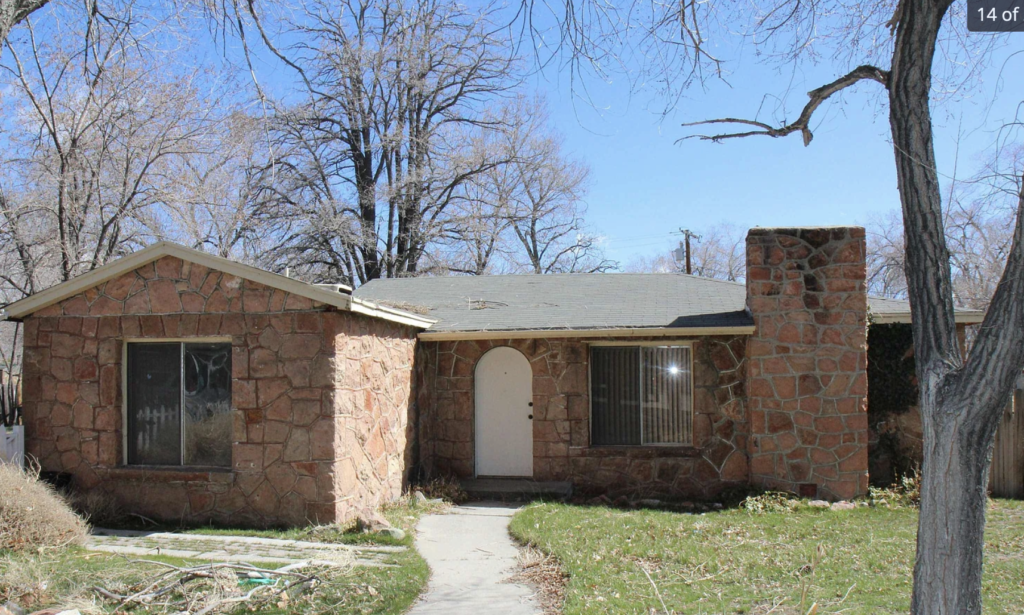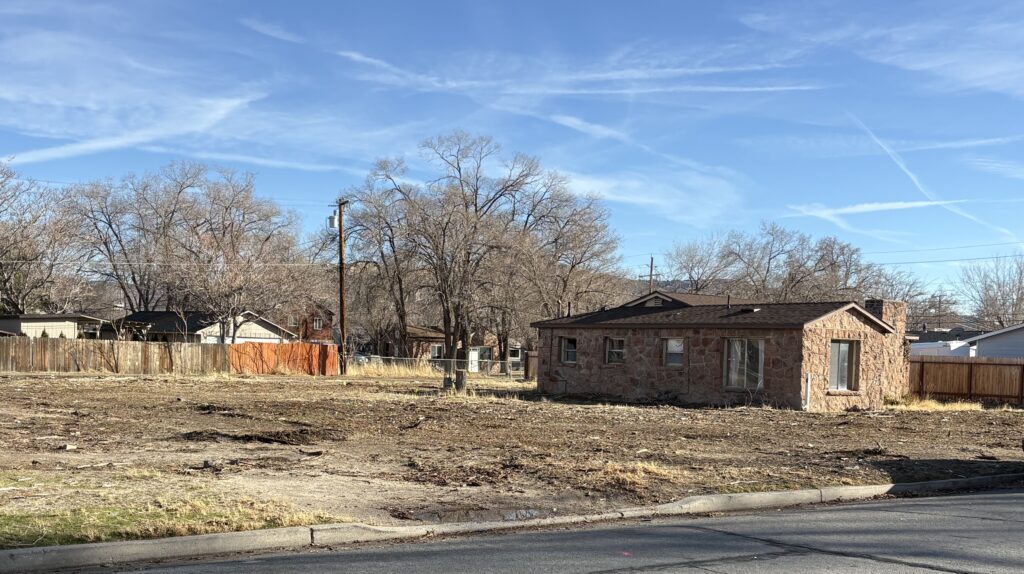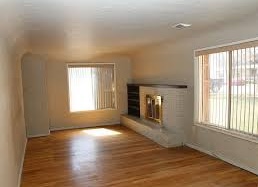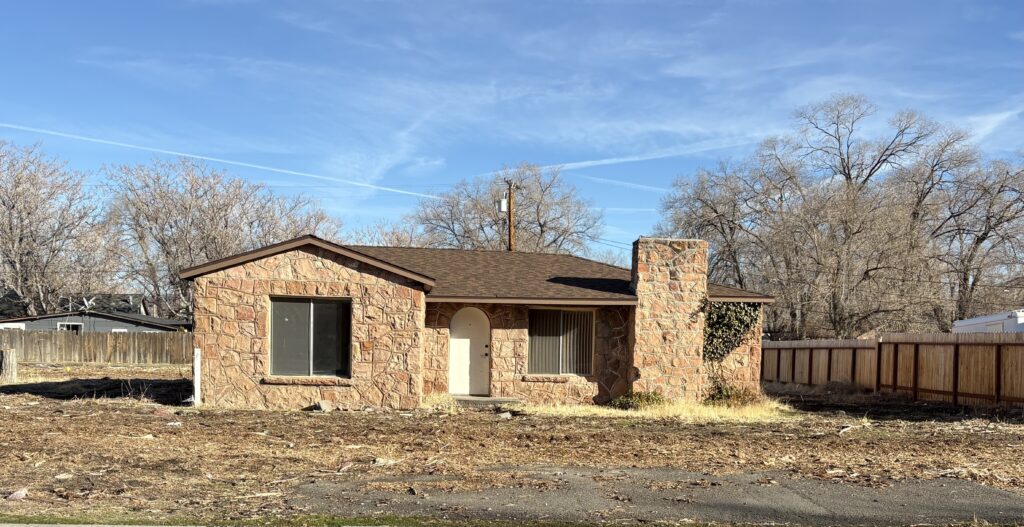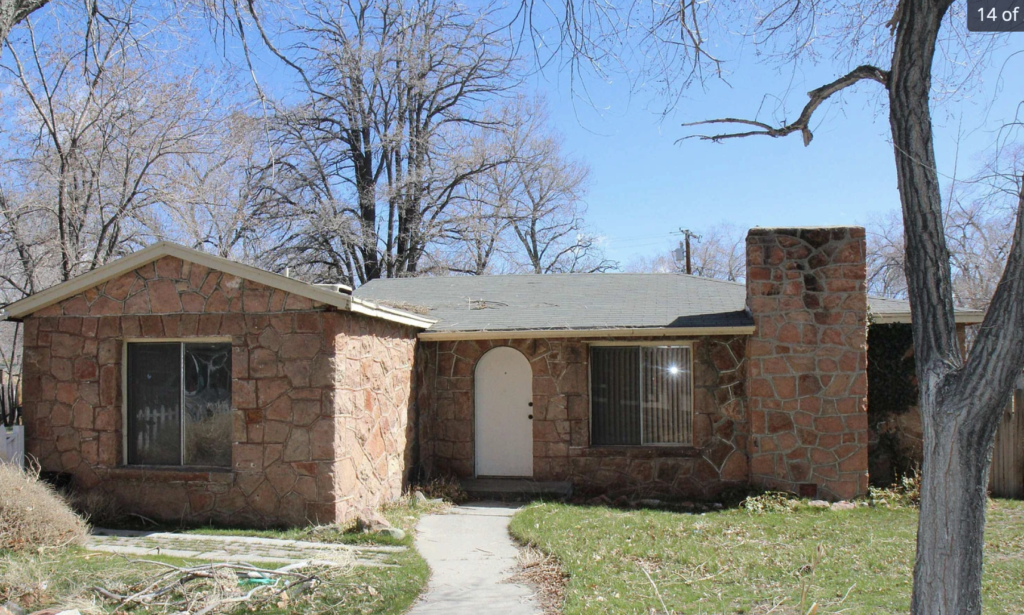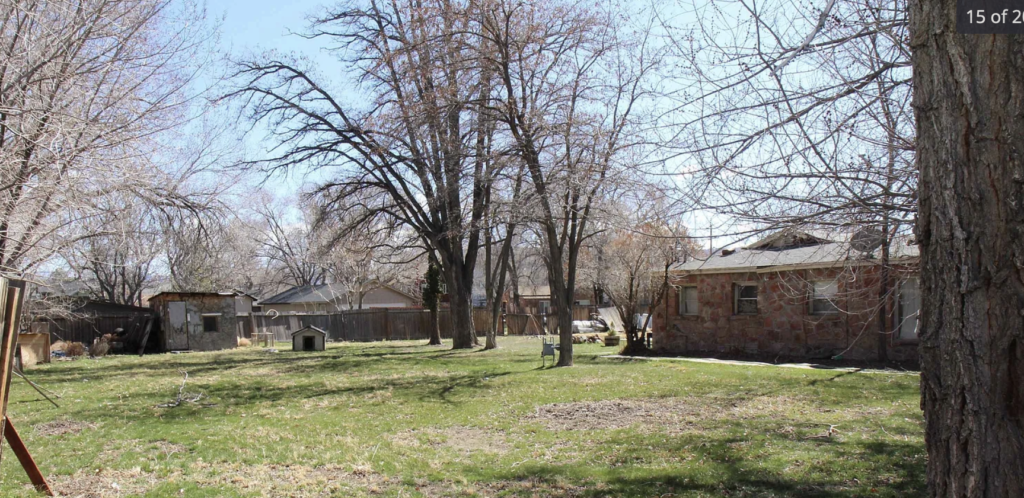It was a nice spring day, one of those special days we get early in April. One where you can feel summer coming. So, we thought we take advantage of the pre-tourist season at Lake Tahoe and take a drive around the lake. During our explorations, we discovered Elk Point at Lake Tahoe. And it’s home to a wonderful stone house called Little Stone House. Only, we didn’t know it at the time. See, Elk Pointing a gate community – no access unless you are a resident, a guest or have “official” business in the community. Well, we were none of the above, so we could not tour Elk Point. Drat!
We’d been Elk Point before on “official” business, so we knew that there were pink stone creations in the community. Sadly, we would not be able to photograph them during our jaunt around the lake.
No fear! We know how to use Google and, while there were no online photographs of any pink stone creations in Elk Point, we discovered the Little Stone House. This house was built in 1927 and while it is not of the pink stone (Rhyolite) the Native American Stonemasons favored, this house has the distinct look of being a Native American Stonemason creation.

While Rhyolite is the stone most commonly used by the Native American Stonemasons, they were known to use any readily available stone. The stone used in this house was from the rubble created when the Cave Rock Tunnel was built.

The Native American Stonemasons were the masters of re-purposing. A prime example is a retaining wall in Virginia City built by the Wungnema and Crawford families. They used the rubble created when the tunnels for the V & T Railroad were blasted into being.
The keystones around the windows strongly resemble those in the buildings at the Stewart Indian School.
The fireplace keystone also resembles the work of the Stewart stonemasons. However, a portion of that keystone appears to have been replaced with a concrete block. So, we have no way of telling.

We’d love to see this house up close and personal. In the meantime, we’d like to see photographs of any other stone houses or chimneys in this development. If you have some and are willing to share, please email them to us. We’d be your best friends! Really!
Note: All photographs from the internet

